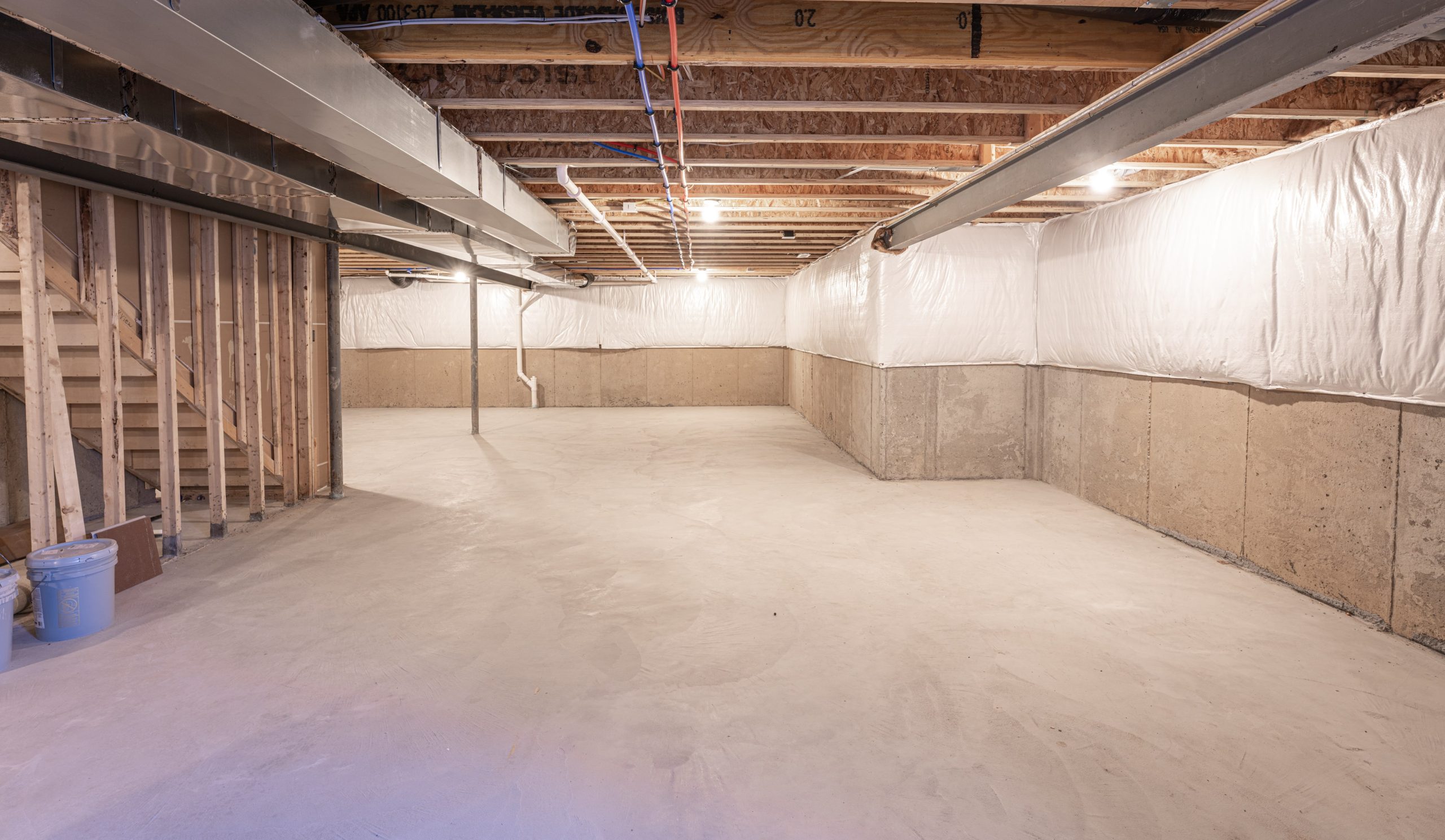Should you choose Subfloors or Underlayments for your next basement renovation?
Are you looking to install new flooring in your home or basement? If so, you may be wondering about the best way to prepare your floor for the finished flooring. Remember, when laying any type of flooring on concrete, you need to create an air gap between the concrete and the finished floor. The porous nature of concrete will continually absorb and release moisture. If this moisture is trapped, it could lead to mold and mildew growth. Concrete is also cold and hard, making it uncomfortable to walk on. There are different types of products on the market that address these issues, with two popular options being an all-in-one subfloor like DRICORE and rolled underlayments.
All-in-One Subfloors
A subfloor panel is a complete system that is made of either high-density plastic or foam on the bottom and oriented strand board (OSB) on the top that has a tongue and groove design so panels easily interlock together. Subfloors provide insulation making finished floors feel up to 19°F/10°C warmer and protect finished floors from moisture damage by lifting your finished floors off the damp concrete foundation. Additionally, the panels are designed to self-level with simple levelling shims to create a flat, level surface for your new flooring. Panels come in convenient 2’x2’ sizes that are easy to carry and can be installed with all types of flooring.
Rolled Underlayments
Rolled underlayments, on the other hand, are a thin plastic sheet, commonly designed with small dimples. It provides basic moisture protection, but doesn’t offer the same level of insulation as an all-in-one subfloor system like DRICORE. Rolled underlayments are typically less expensive than a subfloor but require additional steps during installations such as taping and adding a layer of plywood sheets if you want to create a solid foundation when installing carpet or other softer flooring. One of the biggest differences between an all-in-one subfloor like DRICORE and your standard rolled underlayment, is the need to properly level your concrete foundation before installing the underlayment.
Something is better than nothing at all
While there are differences between a subfloor and rolled underlayments, it’s important to remember that either solution is better than doing nothing at all. If you’re looking for a more comprehensive solution that provides the highest level of insulation and moisture protection, a subfloor system is a great DIY option. On the other hand, if you’re looking for a more budget-friendly option and the basic protection against moisture then rolled underlayments may be the way to go. By taking the time to select the right foundation for your finished floor, you’ll be able to enjoy your new flooring for years to come.
